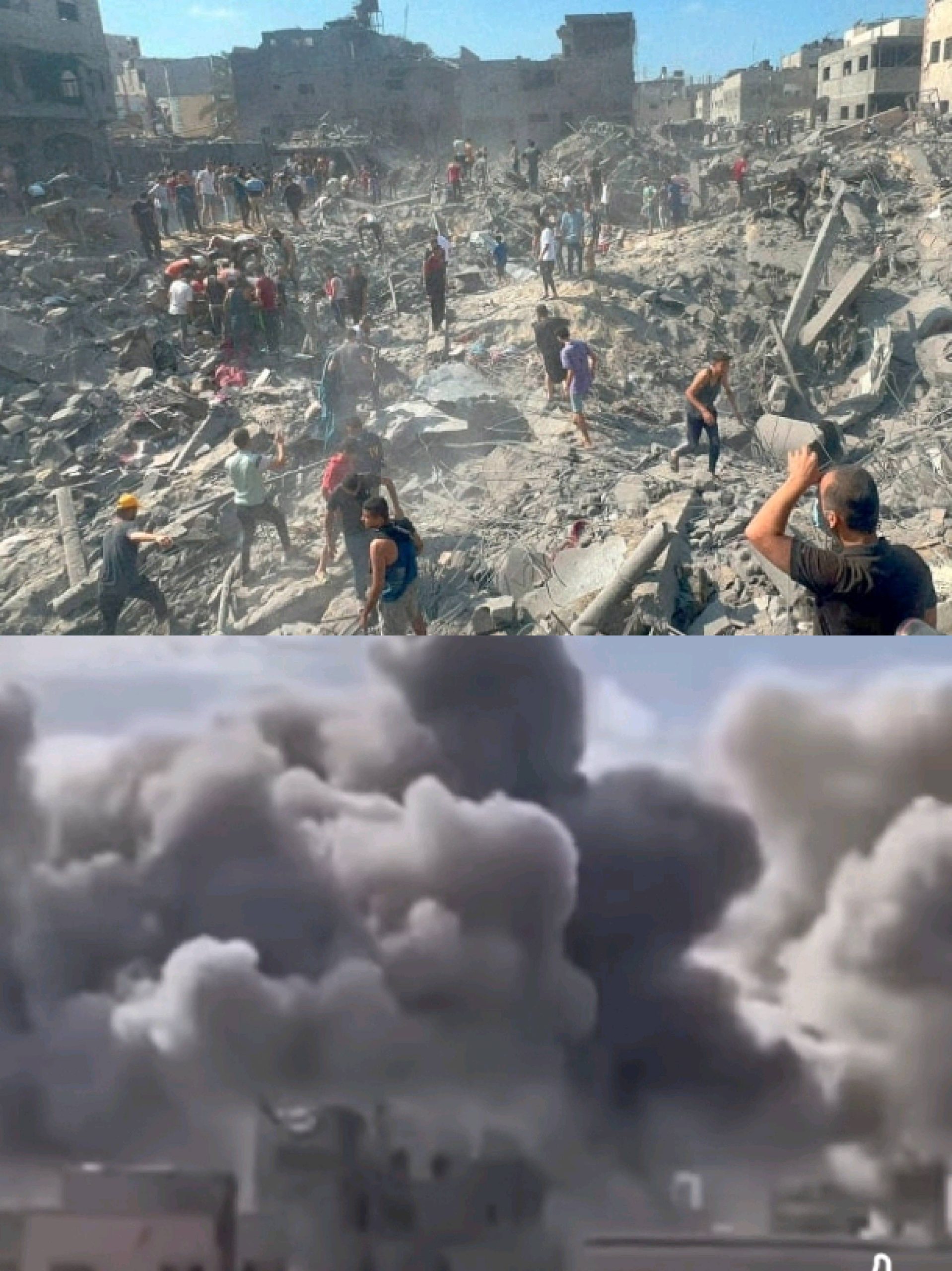Following Israel’s Bombings: Gaza Toxic Level Poses Grave Threat to Health of Humans and Wildlife
The Israel’s military is reported to have dropped over 85,000 tonnes of bombs on the Gaza Strip since October 2023, exceeding the amount of explosives used in World War II, the UN Environmental Quality Authority reported recently.
Israeli occupation forces have employed a range of weapons and munitions, most notably white phosphorus, which is prohibited under international law by the United Nations Convention on Certain Conventional Weapons..
These attacks have severely damaged environmental components, posing a grave threat to the health of humans and wildlife.
The United Nations, in its analysis of satellite data, estimates that cropland comprises 41 percent of the Gaza Strip, which used to be a boon for Gaza, has been damaged.
According to the Palestinian Central Bureau of Statistics “one of the most important components” of Gaza’s gross domestic product, contributing $343 million to its economy, has been its crop land.
The bureau now estimates that every day Gaza’s agricultural sector loses nearly $2 million, as nearly 70 percent of Gaza’s croplands have been destroyed by the Israeli military.
Satellite data shows that agricultural lands in northern Gaza and Gaza City were the hardest hit by Israeli attacks, with up to 71 percent and 81 percent of those lands sustaining damage, respectively.
A report from the Environment Quality Authority, a governmental agency, stated that the Israeli occupation army has dropped more than 85,000 tons of bombs on the Gaza Strip since October 2023.
Without ground access to Gaza, observers are relying on remote sensing and publicly available information to measure environmental impacts to the Strip.
Using satellite analysis, He Yin, an assistant professor of geography at Kent State University, reckons the fighting has damaged 15% to 29% of Gaza’s arable land.
Debris will probably pose a risk, too. The volume of rubble littering the Strip is roughly four times that of the Great Pyramid of Giza. Given Gaza’s ultra-dense building environment and Israel’s extensive bombing in residential areas, experts say aerosolized concrete and asbestos are two likely public-health threats.
Most of the territory’s 2.3 million people live in apartment buildings. Many residents build informal add-ons to their homes using inexpensive but durable materials like asbestos sheeting. Asbestos is safe in its inert state, but when destroyed releases microscopic fibers that can enter the body with ease.
Inhaling silica, a key ingredient in cement and glass, also increases the risk of cancer. And while the greatest exposure occurs when a building is destroyed, even its wreckage poses a risk.
People also tend to overlook the risk posed by the stuff of daily life—bottles of bleach and detergent, cans of paint and thinner, jugs of gas and oil. Businesses like dry cleaners and printers and auto repair shops keep bulk chemicals on hand; so do high school chemistry labs. With proper handling by trained professionals, all can be safely disposed of.
But too often in post-disaster scenarios, cleanups occur in bootstrapped ways as people, governments and even humanitarian organizations get on with reconstruction. It is skeptical that Gazans will get all the protective gear and equipment needed to do the job safely, as it’s very likely a lot of rubble will simply be dumped into the sea.

